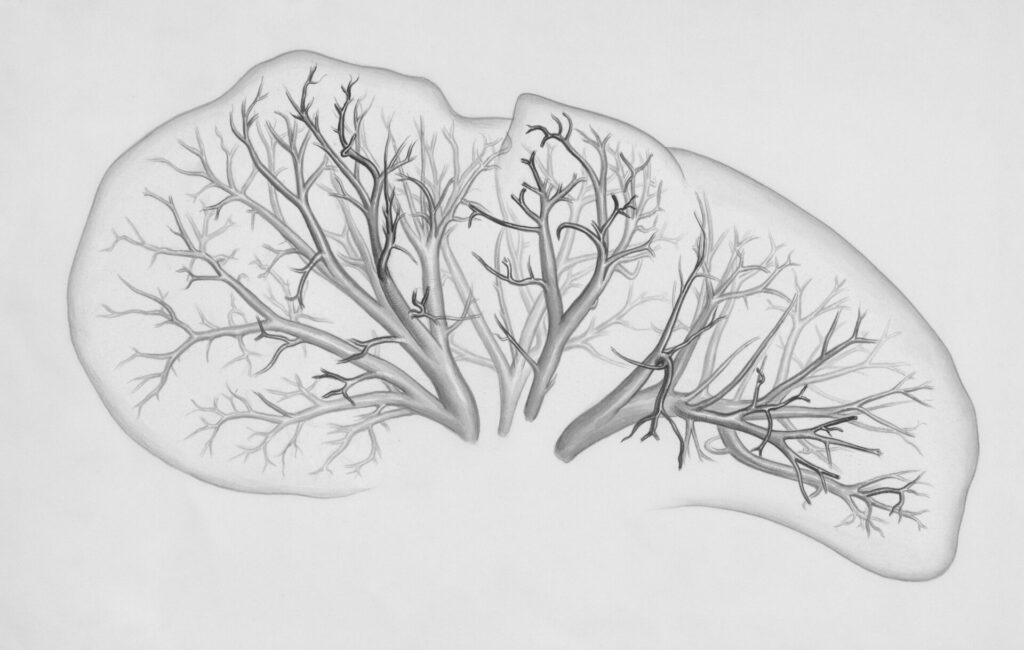Read with Your Heart as well as Your Head

We have begun our summer reading of Tree of Yoga. The pages from this week – see schedule in previous blog – cover a good overview of how we will look at yoga towards its final goal – Integration and union. In the first chapter, immediately BKS Iyengar admits that the notion of “integration” or “union of the individual soul with the Universal Spirit” is abstract. So as we make our way from seed to fruit, we will be able to build a more practical and tangible meaning of this “union of body with the mind and of mind with the soul.”
We also have to acknowledge that no matter where we are from or how we practice, the objective of yoga is the same. Even in ancient texts, there are multiple paths that lead to the same end. The most popular terms that I think people will recognize in this first section are Hatha Yoga as described in the “Hatha Yoga Pradipika” and Raja Yoga as described by Patanjali in The Yoga Sutras of Patanjali. Hatha Yoga refers to the energies of the sun, Ha (the ever illuminated soul), and moon, tha (the ever fluctuating consciousness). It is through the regulation of body and breath that the consciousness ultimately is trained to become clear, merging the soul with the individual consciousness. Patanjali’s Raja Yoga begins with the consciousness and the means to “still its fluctuations” through the 8 limbs.
“To practice yoga is thus to unite the body with the mind. For the cultured person it is also to unite the mind with the intelligence and for the still more highly cultured person it is to unite the body, mind and intelligence with the depth of the soul.”
No matter your yoga journey, it will involve layers of practice, from the external physical to the innermost mental and spiritual. The Tree of Yoga follows the 8-limbs described in the 2nd chapter of The Yoga Sutras of Patanjali. We are led to understand that yoga is not just physical, but encompasses the physiological-psychological and psycho-spiritual realms as well. Yamas (moral precepts) and Niyamas (individual disciplines) are the foundational “dos and don’ts” of how we act within the world and towards our own self-training. Asana (posture), Pranayama (breath regulation), and Pratyahara (sense withdrawal) are the actual sadhana (elements of practice). Dharana (mental focus), Dhyana (meditation), and Samadhi (culmination of yoga) are considered the byproducts of a long and uninterrupted practice.
Soon we will get into the heart of how The Tree of Yoga grows from the seed to the fruit. The roots of Yama keep us steady and grounded. The trunk of Niyama is the center from where all other actions expand. Asanas move like branches in every direction seeking space and growth, sprouting leaves to draw in air, as in Pranayama, to connect us from the outside in. Pratyahara protects us from further distraction like the bark protects and contains the inner workings of the tree. And the energies within the tree that move sap (dharana) from the roots to the blooms (dhyana) and back again soon sprout the fruit of yoga (samadhi). Every seed of the fruit holds the full essence of the tree, as each of our souls holds the essence of the Universal spirit.
All of these 8 limbs take place in the context of life, not just on a sticky mat. Wherever you are and whatever time period you live in, Yoga is a “sarvabhauma”, a universal culture for the world. “Skillful action” in the world is how “through our individual growth, society and community develop”. Discipline is key, and finding it for yourself amongst all the chaos that can occur in life is our biggest challenge. There are no excuses in the true path of yoga. And as we all are on the path of life, no one can be “doing better yoga or worse yoga”. I appreciate Prashant Iyengar’s explanation that we are all like NASCAR racers going round and round, life after life, or even just in this life. Sooner or later it is hard for any individual driver to tell who is in front as some cars are fast and some are slow. The person next to you on the track may be way ahead or way behind, but you can’t know until the whole race is over. Stick to the essence of the path and the destination is inevitable.
To conclude the reading for this week, in “The Aims of Life”, BKS Iyengar introduces us to the asramas (quarterly designations of a 100 year life span) and the purusarthas (the aims you might pursue within these time periods). As we continue reading, we will travel these time-periods chapter by chapter from childhood to family life to old age and death, but you can read a little more about them here. The path of yoga to the final stage of moksa (liberation from the binds of the mundane world) takes persistence and includes obstacles. The quest for union with the Universal Soul and the ultimate experience of divine beauty lies in our full-hearted commitment to always be willing to practice in faith in order to overcome our challenges.
Keep reading this week – “Childhood” through “Faith”